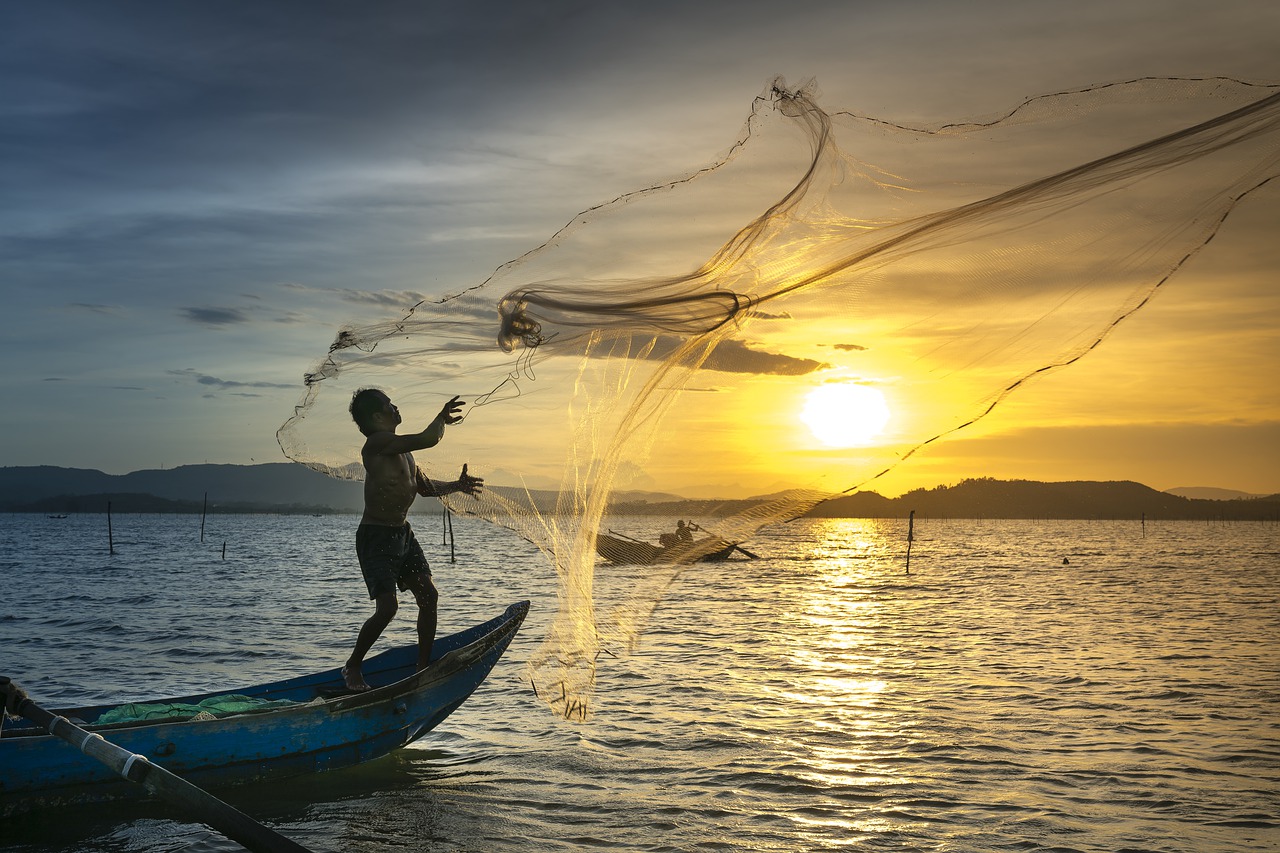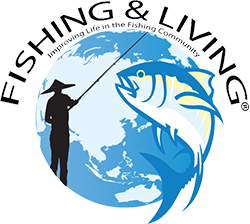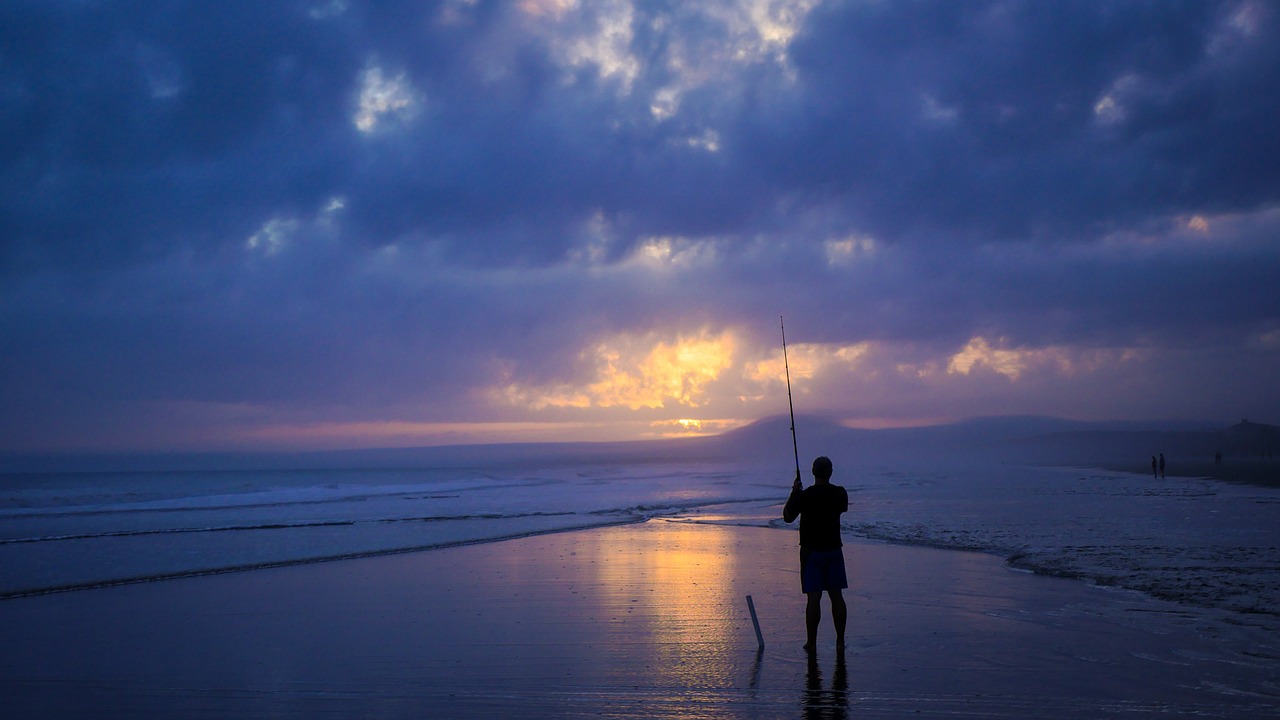
The Fishing & Living initiative seeks to help fishermen in Southeast Asia to implement sustainable fishing practices, as well as to protect their livelihood and the local environment. In the following, we look at the initiative’s history and mission, as well as why its work in Southeast Asia is so important.
Anova Food launches the Fishing & Living initiative.
Anova Food, LLC, a subsidiary of Bumble Bee Foods, is a fish processing company. In 2010, Anova launched the Fishing & Living initiative as part of its commitment to protecting the supply of fish for future generations.

Today, Anova Food is a US market leader that produces wild, sustainably sourced and harvested tuna. Its Fishing & Living initiative engenders values that lie at the core of Anova’s operations and inspire fishing communities to care for natural resources, protecting not only the future of fish stocks and their local environment, but also the future of their businesses and local communities.
Anova works with fishing villages to implement beach clean-ups, social programs, alternative livelihood programs, conservation awareness projects, safety-at-sea guidebooks, and a pilot Fair Trade project for capture fisheries. Anova supports local orphanages and schools, donating books, water filtration systems, English classes, and sporting equipment.
Initially begun in Indonesia, the Fishing & Living project has broadened its sustainability efforts, working with fishing communities in Micronesia, the Cook Islands, and Vietnam. The initiative was set up with the goal of implementing a Fisheries Improvement Program, as well as ensuring that local fisheries adhere to the Marine Stewardship Council (MSC) certification system.
Overfishing threatens marine ecosystems in Southeast Asia.
Approximately 12% of the global population makes a living through aquaculture and fishing. In addition, more than 50% of people worldwide rely on fish and seafood as a source of animal protein.
In Southeast Asia, these numbers are significantly higher. Here, the oceans are a vital food source that generates billions of dollars in GDP regionally.
Southeast Asia has one of the world’s most diverse marine ecosystems, but destructive practices and overfishing threaten its existence. Throughout the region, analysts estimate that approximately 64% of local fisheries are at a medium to high risk due to overfishing.
The Philippines and Cambodia are most severely affected. Here, destructive fishing methods are commonly implemented, such as the practice of poison fishing in which fishermen use sodium cyanide to stun fish, making them easier to catch. Another destructive practice is known as blast fishing, in which fishermen throw dynamite or grenades into the sea, indiscriminately killing all marine life in the immediate area by rupturing their internal organs. Although poison fishing and blast fishing are both illegal in most Southeast Asian countries, they continue to be used in isolated and disputed territories where enforcement is limited.
Another harmful practice is bottom trawling, in which “rockhopper” trawl nets drag indiscriminately across the sea beds and reefs, causing catastrophic damage to coral. Ghost fishing, in which abandoned fishing gear is left to float in the ocean, kills fish, turtles, dolphins, whales and all sea life that become ensnared or hooked.
Experts estimate that such practices threaten more than 50% of Southeast Asia’s coral reefs. Much of the overfishing throughout the region is attributable to illegal, unreported, and unregulated (IUU) fishing. As fish stocks are decimated by IUU fishing practices and competition for remaining fish grows more fierce, experts warn that some remaining fisheries are on the brink of collapse.
Programs such as the Fishing & Living initiative are vital to protecting local fish stocks, habitats, and ultimately the future of fishing throughout Southeast Asia. They promote science-based knowledge and an understanding of how marine ecosystems work, helping policymakers to protect the environment and promoting sustainable fishing practices in local fishing communities.

The MSC certification system ensures that fish are sustainably sourced.
For the past 20 years, the MSC has worked with fisheries and policymakers to protect fish and wild seafood for future generations.
The blue MSC label applies to wild fish and seafood caught by fisheries that have received MSC certification. In order to qualify, fisheries must meet MSC Fisheries Standards.
MSC certified fish must come from a sustainable source and be handled with care. MSC Standards ensure that fish species are correctly identified on the label. They protect customers by carrying out regular DNA tests to ensure they get exactly what they paid for.
The Fishing & Living initiative aims to promote sustainable fishing.
Fishing & Living collaborates with local and international NGO’s, fishermen, and governments. The initiative focuses on both the environmental and social aspects of improving fisheries.
At the 2018 Our Oceans Conference, the organization announced the primary objectives that it aims to achieve by 2020, including the following:
- Ensuring that 100% of tuna products are traceable.
- Ensuring that tuna products come from sustainable sources.
- Investing $300,000 in local communities and fisheries that adhere to sustainable fishing practices.
- Ensuring that Indonesia’s Fair Trade Program generates $100,000 annually to invest in local fishing communities.
In 2015, SeaWeb gave its Seafood Champion Award for Innovation to the Fishing & Living initiative in recognition of its work in helping fishing communities in Southeast Asia to develop sustainable fishing methods.
